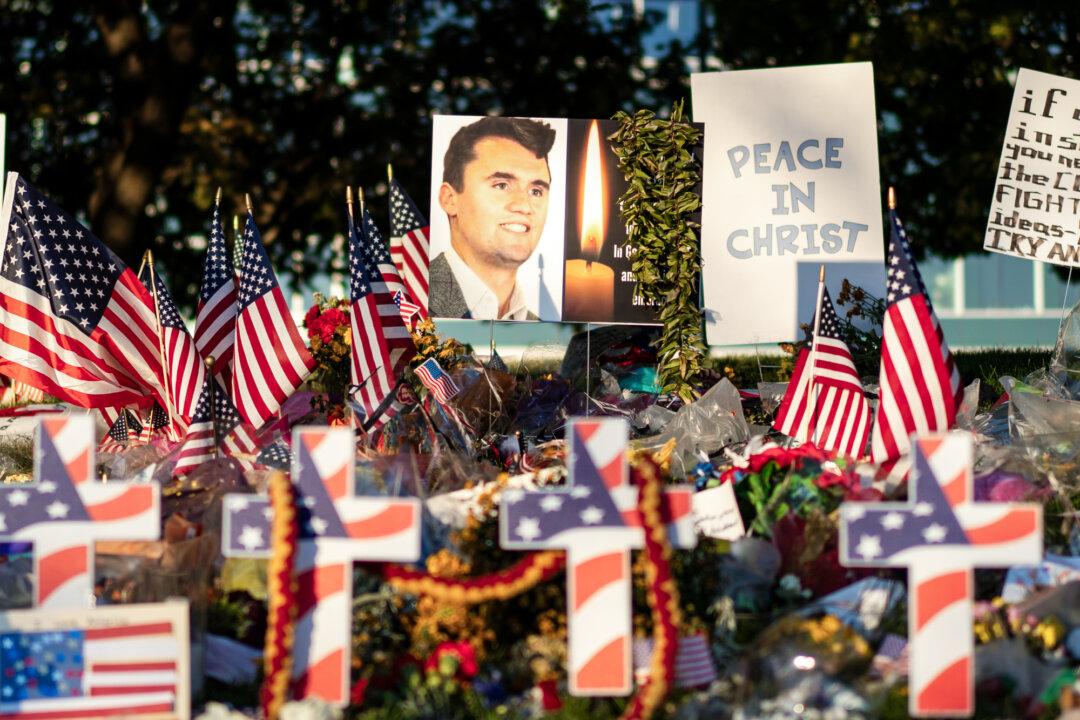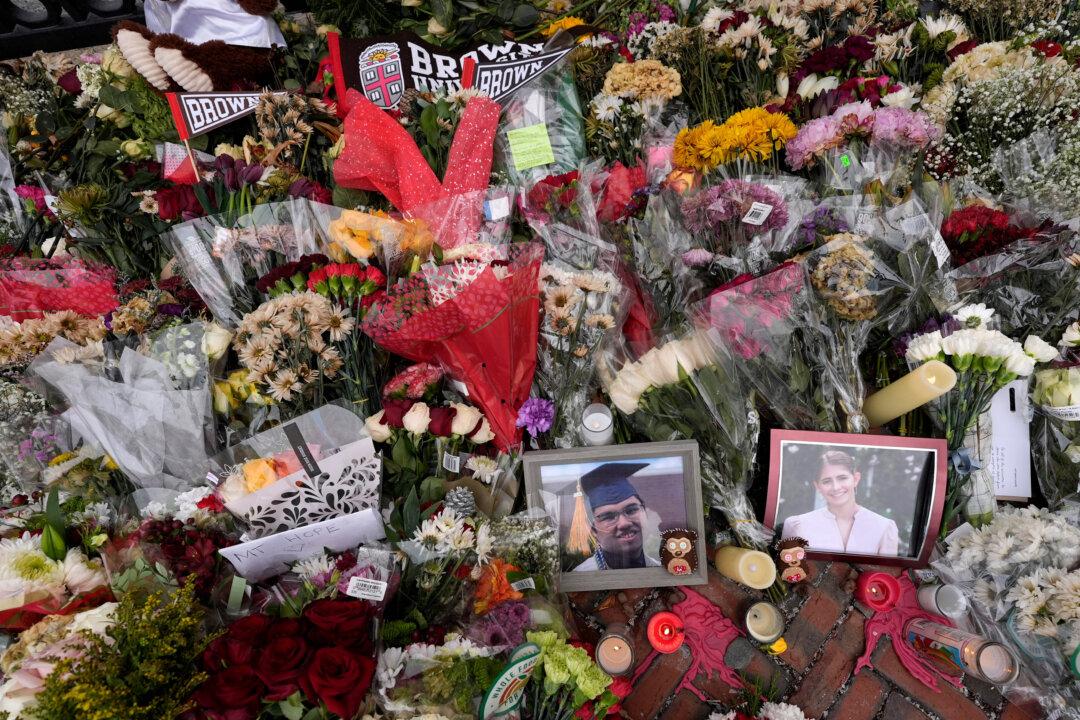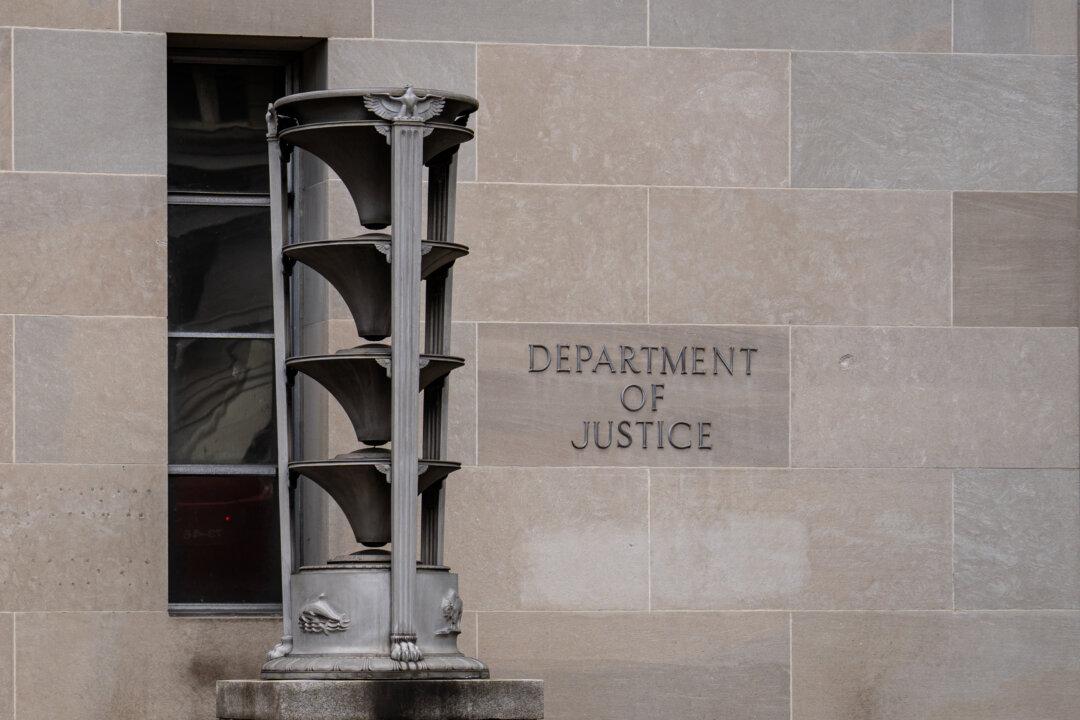Pakistan made “meager progress” in dismantling terrorist organizations and continued to face terrorist financing risks in 2021, according to a newly released report from the U.S. Bureau of Counterterrorism.
The report, released on Monday, revealed that Pakistan experienced numerous terrorist attacks in 2021, with members of religious minorities facing substantial threats from terrorist groups (pdf).





